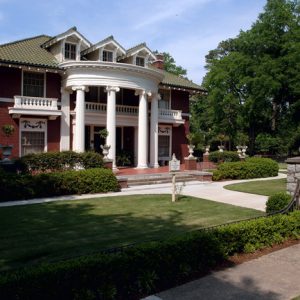 F. O. Rogers House
F. O. Rogers House
Entry Type: Place - Starting with F
 F. O. Rogers House
F. O. Rogers House
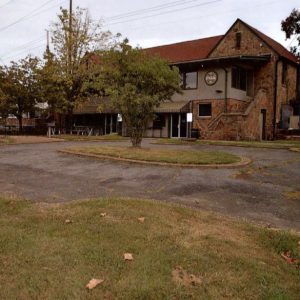 Fair Park Clubhouse
Fair Park Clubhouse
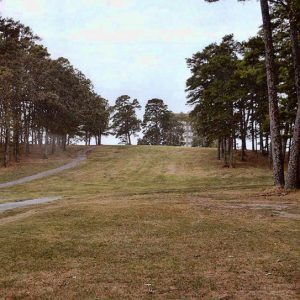 Fair Park Golf Course
Fair Park Golf Course
 Fair Park Golf Course Rough
Fair Park Golf Course Rough
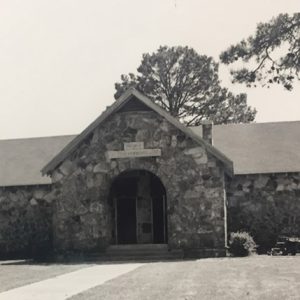 Fair View School
Fair View School
Fairfield Bay (Van Buren and Cleburne Counties)
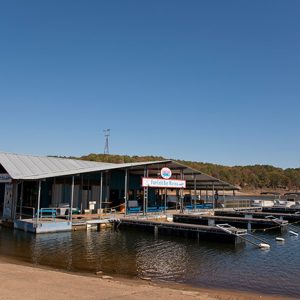 Fairfield Bay Marina
Fairfield Bay Marina
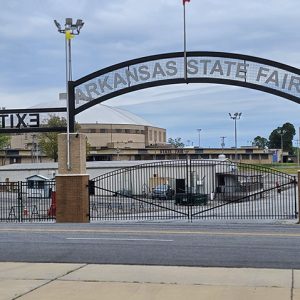 Fairgrounds
Fairgrounds
 Fairgrounds Cattle Barn
Fairgrounds Cattle Barn
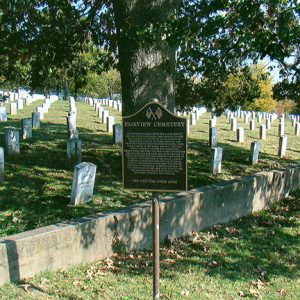 Fairview Cemetery
Fairview Cemetery
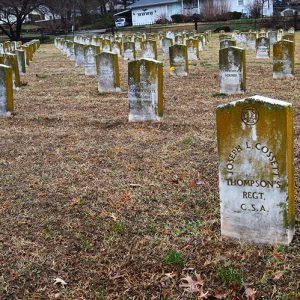 Fairview Cemetery
Fairview Cemetery
Falcon (Nevada County)
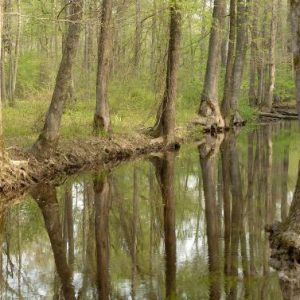 Falcon Bottoms Natural Area
Falcon Bottoms Natural Area
Fallsville (Newton County)
Famous (Pope County)
aka: Mooretown (Pope County)
Fargo (Monroe County)
Fargo Agricultural School
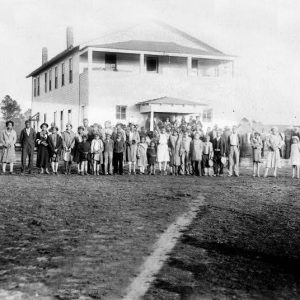 Fargo Agricultural School
Fargo Agricultural School
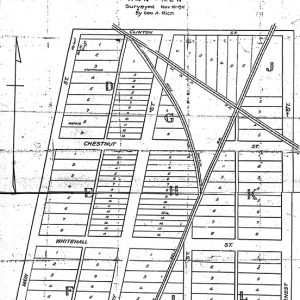 Fargo Plat
Fargo Plat
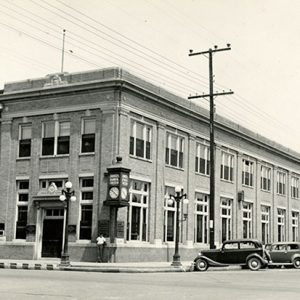 Farmers Bank and Trust Company
Farmers Bank and Trust Company
Farmington (Washington County)
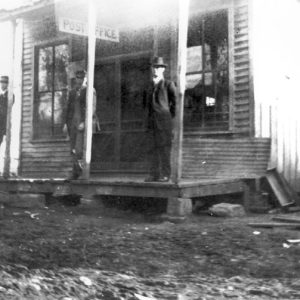 Farmington Post Office
Farmington Post Office
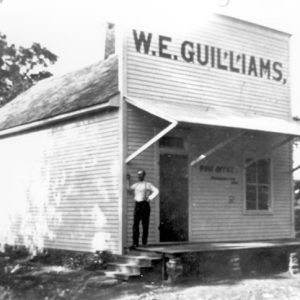 Farmington Store
Farmington Store
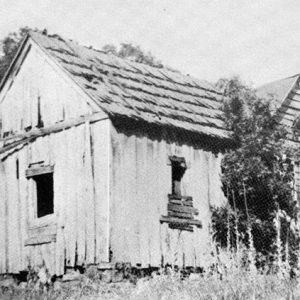 Faubus Home
Faubus Home
Faulkner County
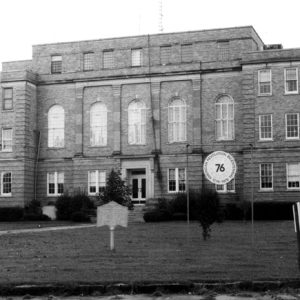 Faulkner County Courthouse
Faulkner County Courthouse
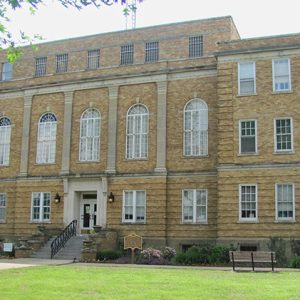 Faulkner County Courthouse
Faulkner County Courthouse
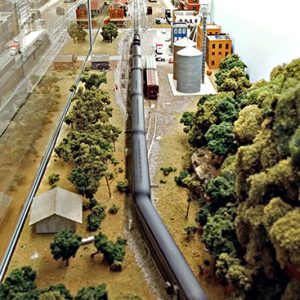 Faulkner County Museum
Faulkner County Museum
Fayetteville (Washington County)
 Fayetteville Episcopal Church
Fayetteville Episcopal Church
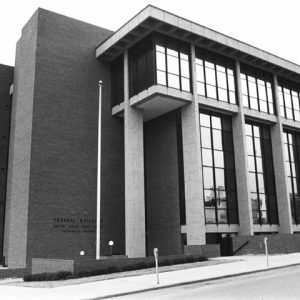 Fayetteville Federal Courthouse
Fayetteville Federal Courthouse
Fayetteville Female Seminary
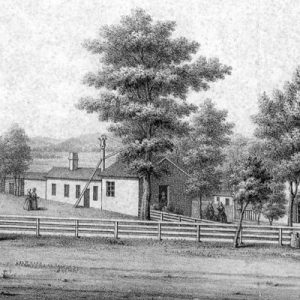 Fayetteville Female Seminary
Fayetteville Female Seminary
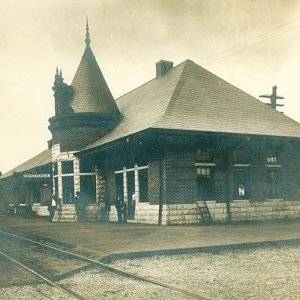 Fayetteville Frisco Depot
Fayetteville Frisco Depot
Fayetteville National Cemetery
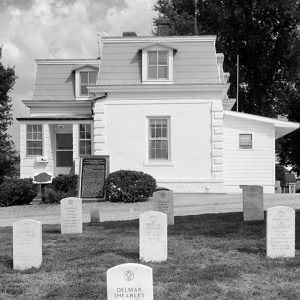 Fayetteville National Cemetery
Fayetteville National Cemetery
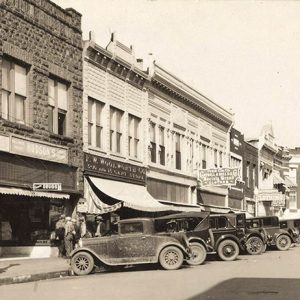 Fayetteville Street Scene
Fayetteville Street Scene
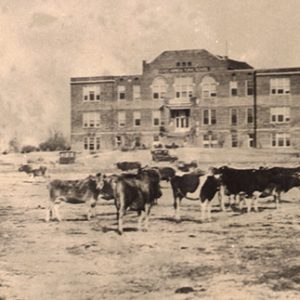 FDSA School Admin. Building
FDSA School Admin. Building
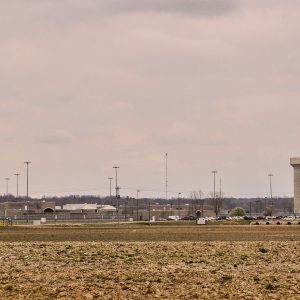 Federal Correctional Institution
Federal Correctional Institution
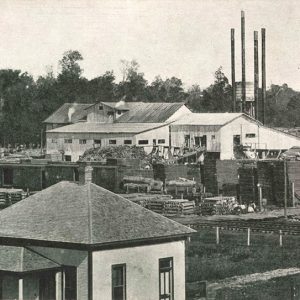 Fee Crayton Co.
Fee Crayton Co.
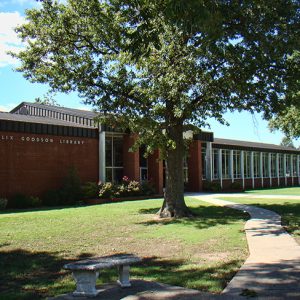 Felix Goodson Library
Felix Goodson Library
Felsenthal (Union County)
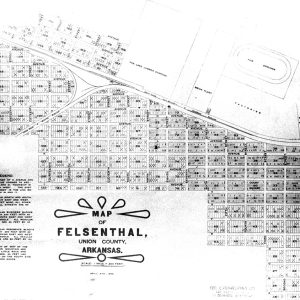 Felsenthal Map
Felsenthal Map
Felsenthal National Wildlife Refuge
 Felsenthal Lock and Dam
Felsenthal Lock and Dam
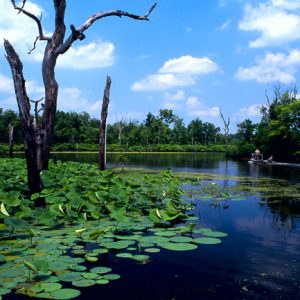 Felsenthal National Wildlife Refuge
Felsenthal National Wildlife Refuge
 Felsenthal Sign
Felsenthal Sign
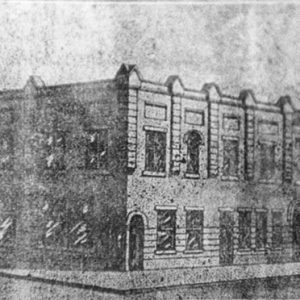 Felsenthal Structures
Felsenthal Structures
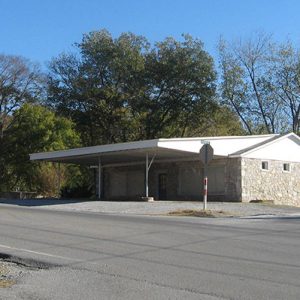 Felts Grocery Store
Felts Grocery Store
 FEMA Trailers
FEMA Trailers




